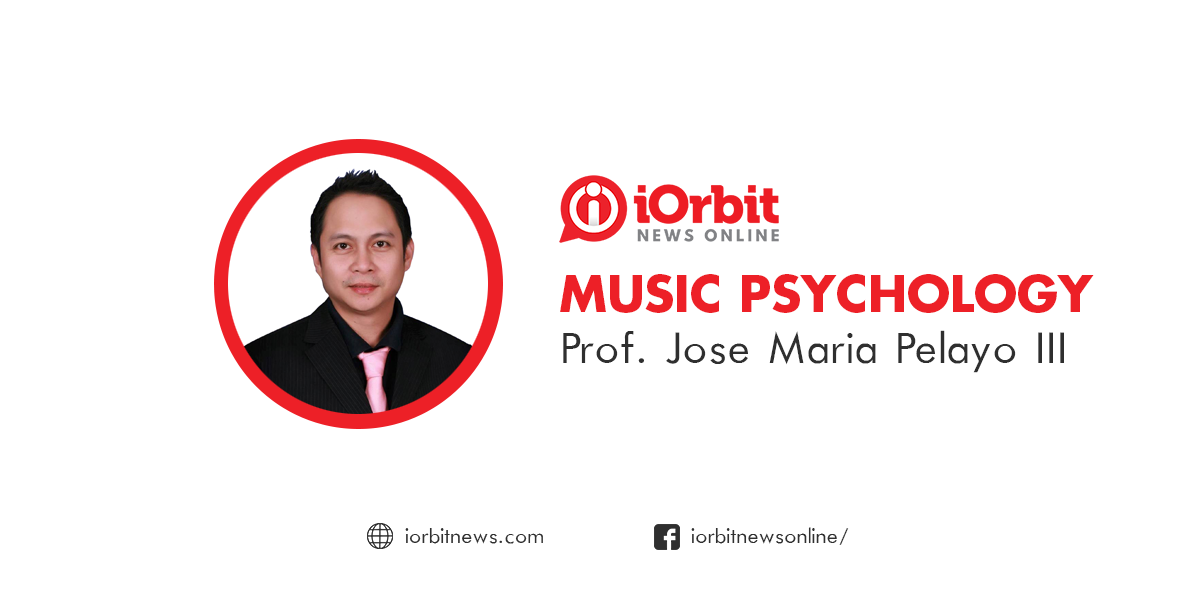Neuroplasticity is the brain’s ability to change over time with training. It was once believed that at a certain age the brain stopped being able to change and develop. We now know that the brain can continue to develop and change and make new pathways and connections when certain areas are damaged.
Music therapy can assist the brain in re-organizing and creating new neural pathways. In the linked article below, Dr. Elizabeth Stegemoller outlines the ways in which music therapy can promote neuroplasticity in the brain. Music therapists work with individuals with a variety of neurologic and physical challenges, using the elements of music to make changes in the brain. Music is used to build non-musical goals such as movement, speech, communication, receptive language, and cognitive skills.
Our brains also rewire themselves when we learn to play a musical instrument, and the brains of musicians have actually been found to be larger in some areas due to the amount of practicing we do. Plasticity is what makes learning an instrument possible. It’s also what makes it possible for us to improve our technique, to learn complicated new repertoire, to learn an instrument even if we have a disability, and to relearn to make music after some seemingly debilitating injuries.
Music therapist and neuroscientist Dr. Elizabeth Stegemöller of Iowa State University tells a story about a patient of hers with Parkinson’s disease. He was in a busy restaurant when he suddenly had the need to go to the restroom, but he couldn’t get there. He was frozen in place. Freezing of gait is common in those with advanced Parkinson’s. The reflexes that control automatic movements can shut down without cause and stress only makes matters worse. That’s what was happening to this patient, he couldn’t move, people were staring and he had to get to the restroom now. Then he remembered a song, an exercise that his therapist taught him. He began to hum “You are my sunshine, my only sunshine” and slowly he shuffled his feet to the rhythm of the music and made it.
Dr. Stegemöller writes that music therapy uses the neuroplasticity of the human brain to link musical ideas with motor skills. The therapist starts with music that the patient already enjoys to begin a process of connecting that enjoyment to specific activities. It’s thought that as the brain releases a dopamine response to the musical stimuli, therefore the connections targeted by the therapy become stronger. A melody can trigger motion, a rhythm can aid in respiration and a song can ease fatigue, pain, trauma and anxiety. This is a very practical use of musical entrainment and it’s only possible with repetition.





